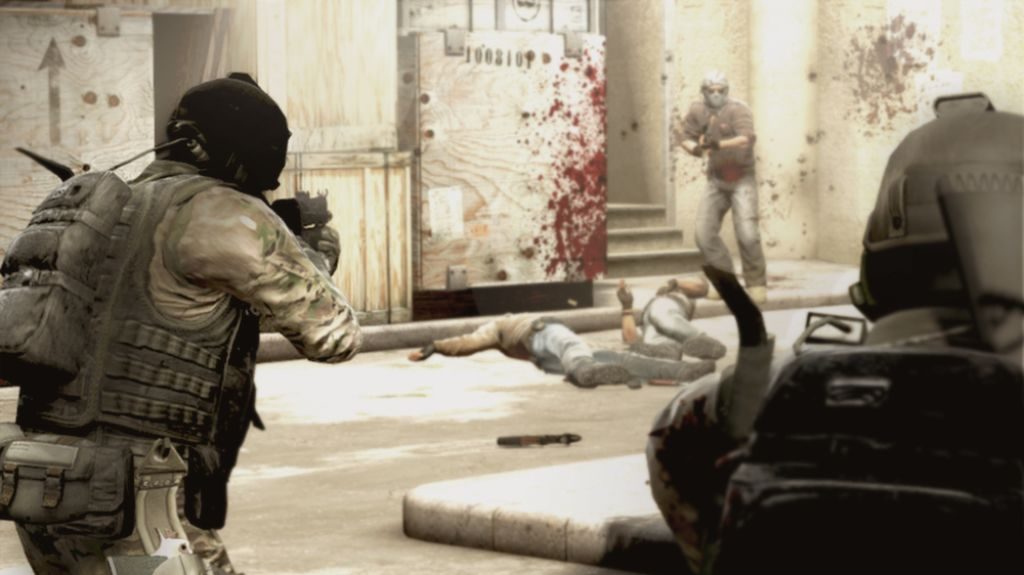On paper, ESL One Cologne had all the makings of a successful Counter-Strike: Global Offensive (2012) tournament. The in-game production was led by PGL, a company that Dota 2 fans liked so much they begged Valve to retain it for every event after the Manila Major. PGL succeeded at the Manila Major through a combination of innovation, nimble response to fan feedback, and an omnipresent sense of humor. But when the Romanian production company tried its hand at a Counter-Strike major, these factors either didn’t matter or never made an appearance.
The grand finals of ESL One Cologne peaked at 850,000 viewers, roughly 500,000 below the previous Major’s figure. A 37 percent drop-off in viewership from one event to the next is, to put it mildly, cause for concern. Fans across Twitter and message boards expressed dismay; the #DeadGame hashtag, a mainstay of esports discourse, was dusted off and put to liberal use once more. Doom-and-gloom discussions are nothing new to esports, but in this case even the tournament producers acknowledged that their efforts fell short.
It’s an esports Icarus story: PGL grew overconfident, soared from Dota 2 to the fiery skies of Counter-Strike: Global Offensive (henceforth, CS:GO), and wound up barbecued. How did things go so wrong? Was the molten demise of ESL One Cologne a freak event, a hiccup along the path of CS:GO’s empyrean ascent, or was it evidence of something more sinister? Is CS:GO, as a whole host of doomsaying Redditors attest, already on its way out?
One easy scapegoat, trotted out by CS:GO fans and players alike, is that ESL One was doomed by the surplus of tournaments in the months that preceded it. Tournaments in close proximity tend to cannibalize viewers from one another. Whether it’s healthier for an esports scene to have a few gargantuan events or a whole lot of mid-sized events remains up for debate. Is it better to have five events with 400,000 viewers each, or two events with 800,000 viewers each? Technically, the viewer-hours are greater in the first scenario, but the second scenario generates a bigger peak number. And it’s the peak number that gets cited in the Wall Street Journal. It’s the peak number that fans use to justify their esports passion to skeptical coworkers. Therefore, it’s no surprise that peak viewership, for better or for worse, is the metric esports fans prefer to maximize.

Still, ESL One’s failure can hardly be blamed on tournament oversaturation alone, and the truth is that PGL played a key role in the fiasco, most prominently when it came to the in-game observing. Because a CS:GO match spans a sprawling map, and is typically spectated through the first-person view of only one of the 10 players at a time, skillful camera direction is key to legibility. A good CS:GO observer knows where the action is most likely to erupt at any given moment, and repositions the viewpoint constantly, hopping from player to player to capture the most thrilling plays. This element of the broadcast is more art than science, and it requires deep knowledge of the game and countless hours of experience to master. PGL totally fucked it up. The observer missed numerous multi-kills while occupying the viewpoint of someone staring at double-doors on the opposite side of the map. This was probably more responsible than any other factor for viewers shutting the ESL One stream in disgust, and it illustrates the fact that what works in broadcasting one esport—Dota 2 in-game observation, while also important, simply doesn’t require a virtuosic skillset—may not work in another.
There’s no shortage of fan theories about ESL One’s ignominious failure. Some point fingers at the recently-released Overwatch, which is accused of siphoning off CS:GO’s players and viewers. Whether esports is a zero sum game or not is a question worthy of an article all its own, but it is true that CS:GO’s player base has leveled off in the past twelve months. In esports, there’s a strong correlation between player count and viewer count, and unless CS:GO’s player base resumes a growth trajectory, it’s hard to see its tournament viewership doing the same. The less ominous explanation is simply that the most popular European teams were eliminated early in ESL One, taking many of their most dedicated fans with them. Plus the event overlapped with the 2016 Euro Cup, which can’t have done wonders for a CS:GO viewer base that skews European.
Questions of cause are one thing, but the real question on everybody’s mind is this: was ESL One a one-off, freak occurrence? Or was it the beginning of an end?
To answer that question, we’ll have to wait at least until the next major. Esports rise and fall, but it’s never quite clear at the time which direction things are headed.
